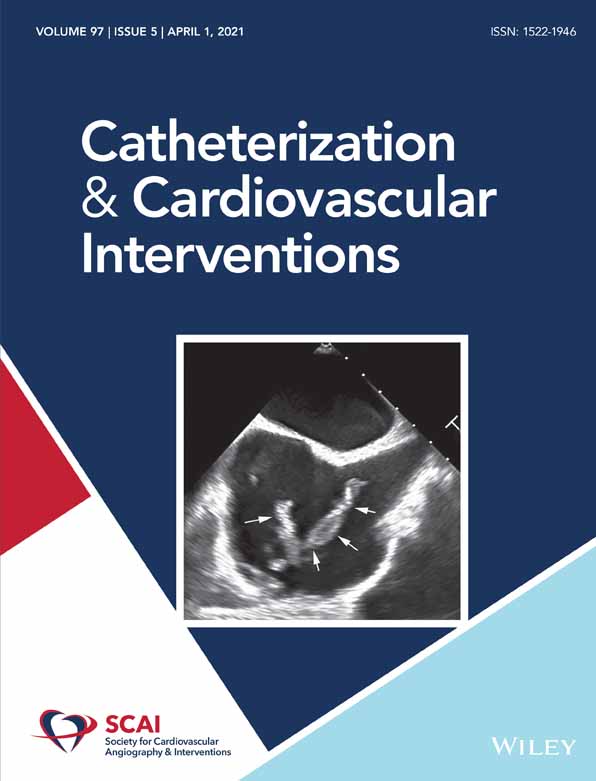EDITORIAL COMMENT
Paravalvular leak after TAVR: remarkable improvement but not the time to shift focus
First published: 14 April 2021
Expert Article Analysis for: Effect of a fourth-generation transcatheter valve enhanced skirt on paravalvular leak
Key Points
- Significant paravalvular leak (PVL) among patients undergoing transcatheter aortic valve replacement (TAVR) portends a poor prognosis and is often associated with increased mortality.
- TAVR with the latest generation balloon-expandable valve platform, Edwards SAPIEN 3 Ultra, is associated with lower incidence of PVL (including lower rates of mild PVL and zero incidence of moderate and severe PVL) compared to its predecessor, the SAPIEN 3 valve platform.
- The similar safety profile, comparable deliverability, and lower PVL observed with the Edwards SAPIEN 3 Ultra system will likely lead to its increased adoption in clinical practice. Future studies are needed to examine its long-term clinical outcomes and further decipher the procedural and patient factors associated with PVL.




